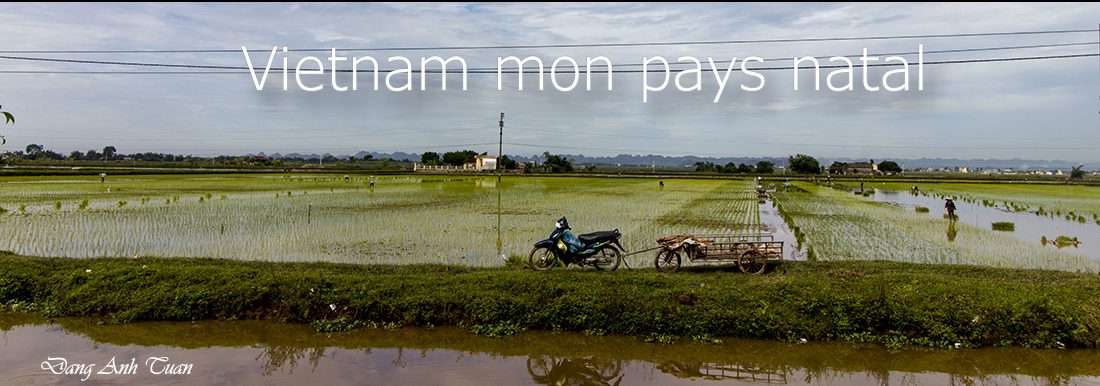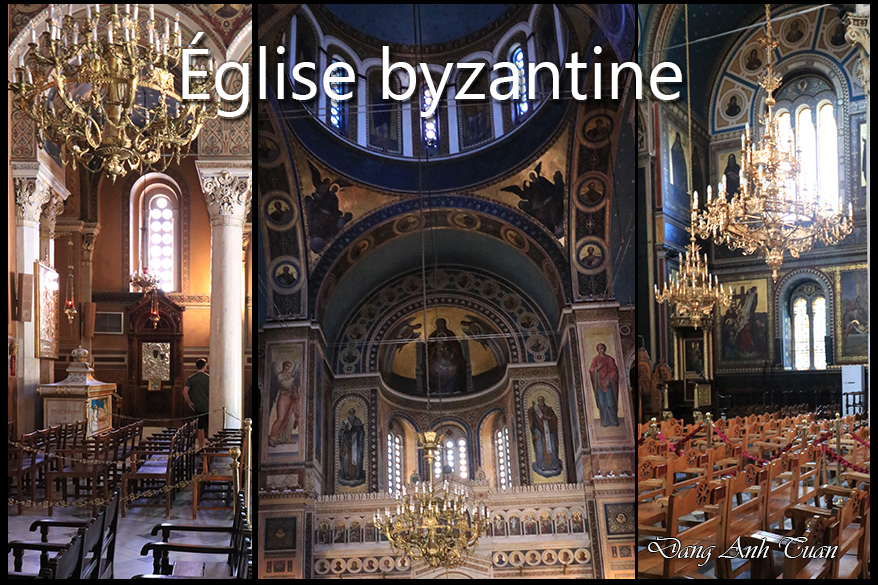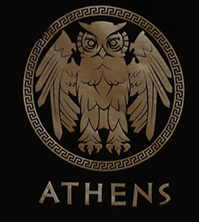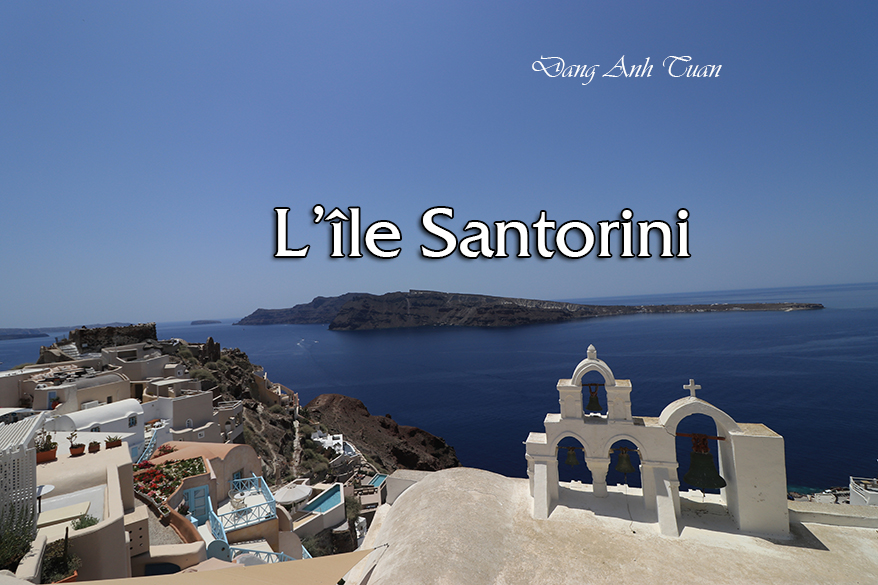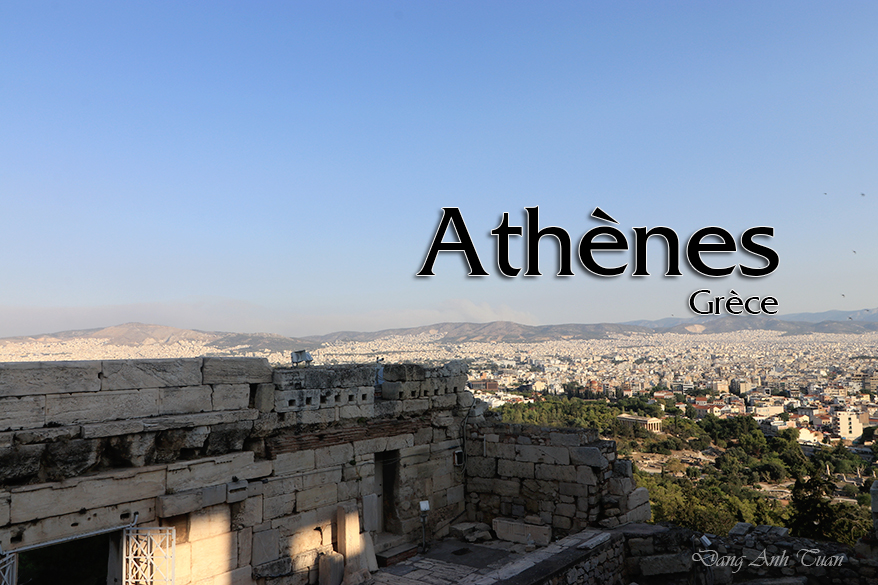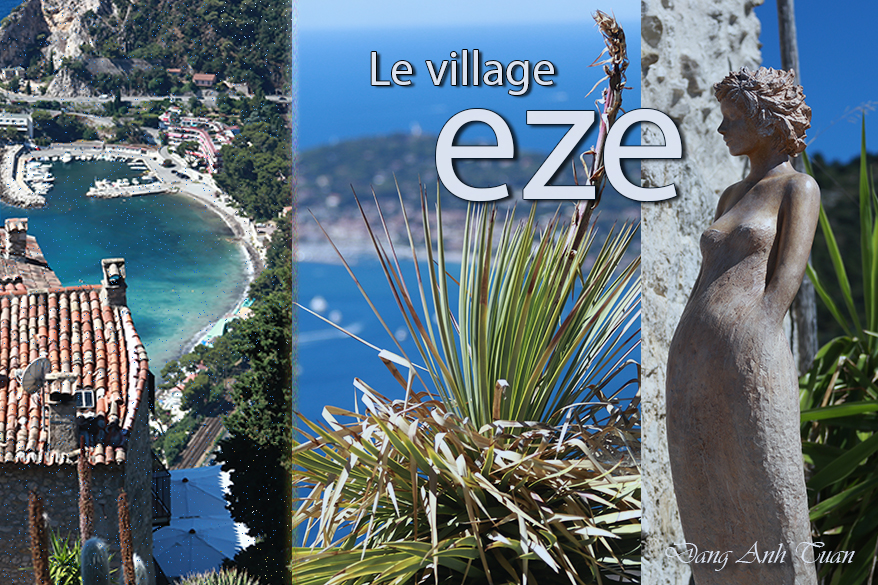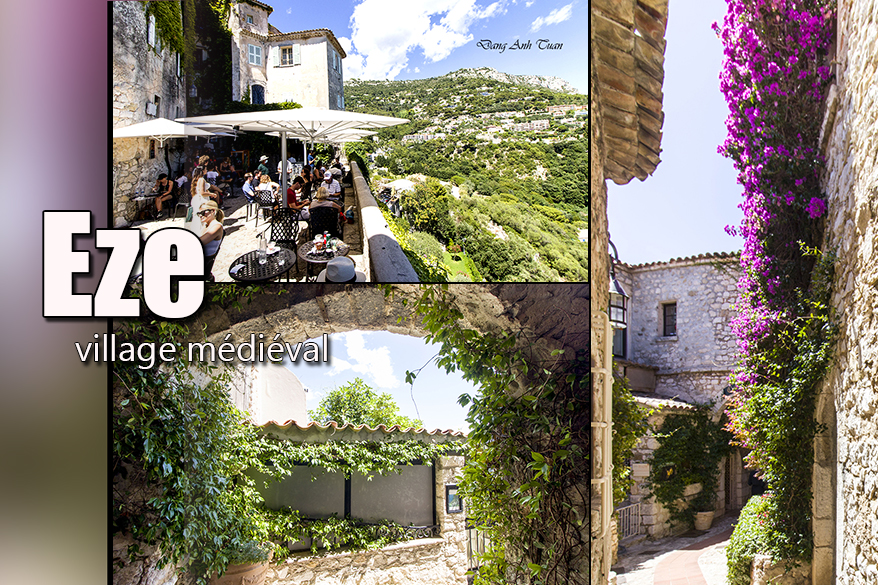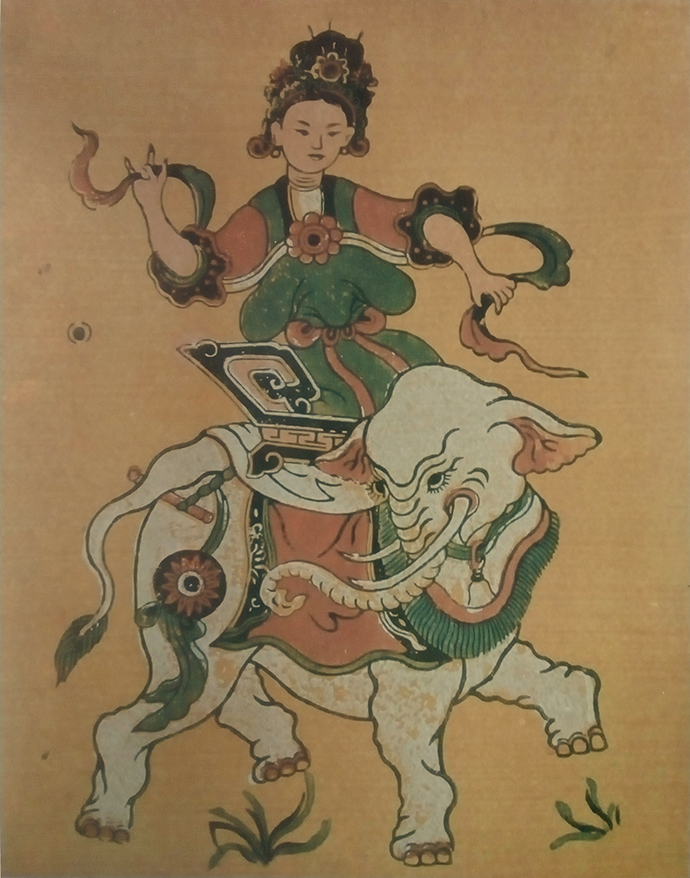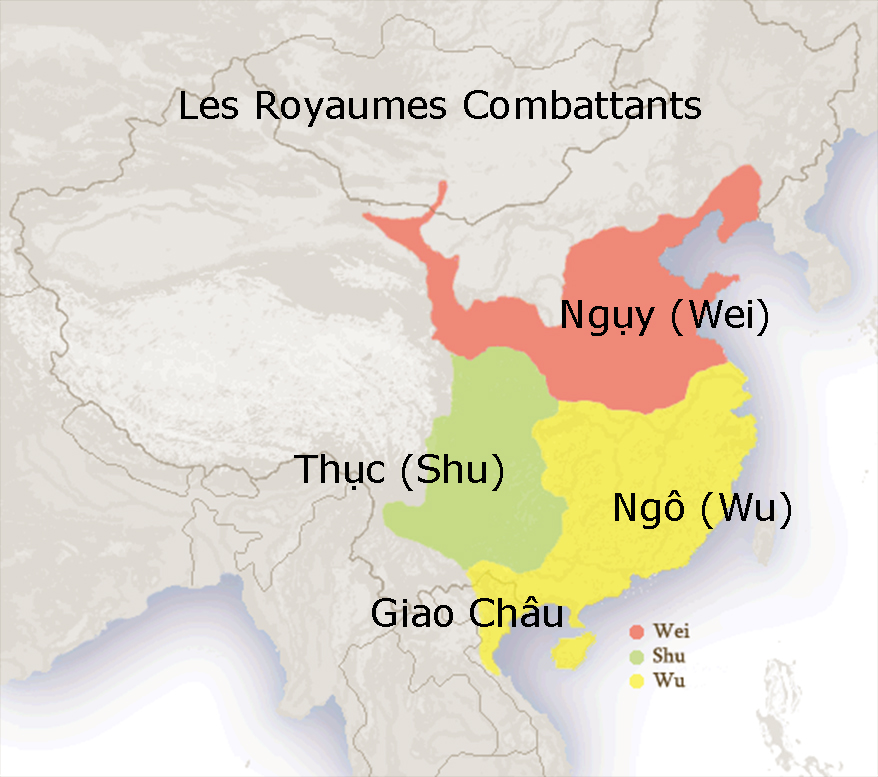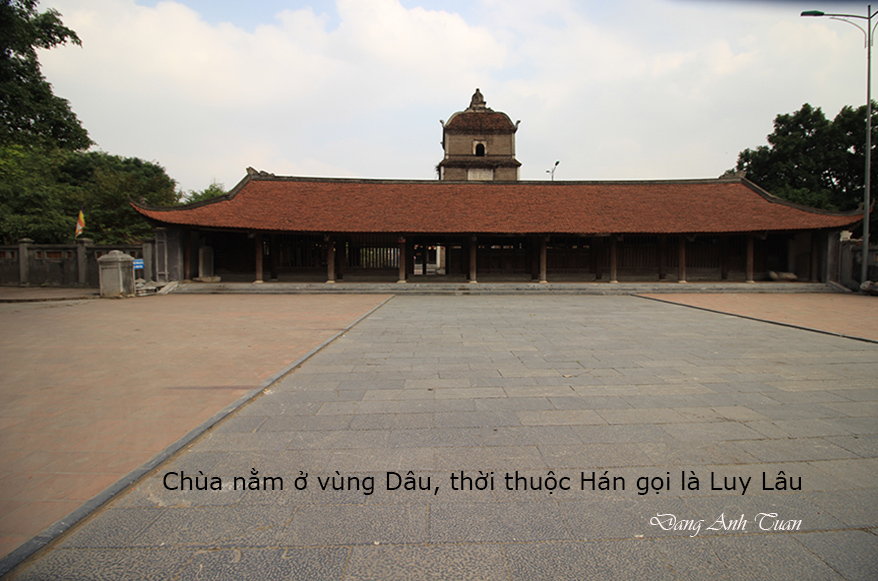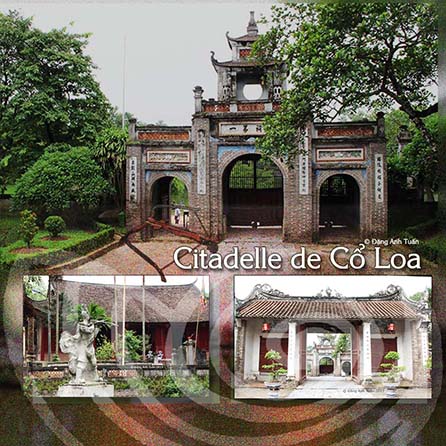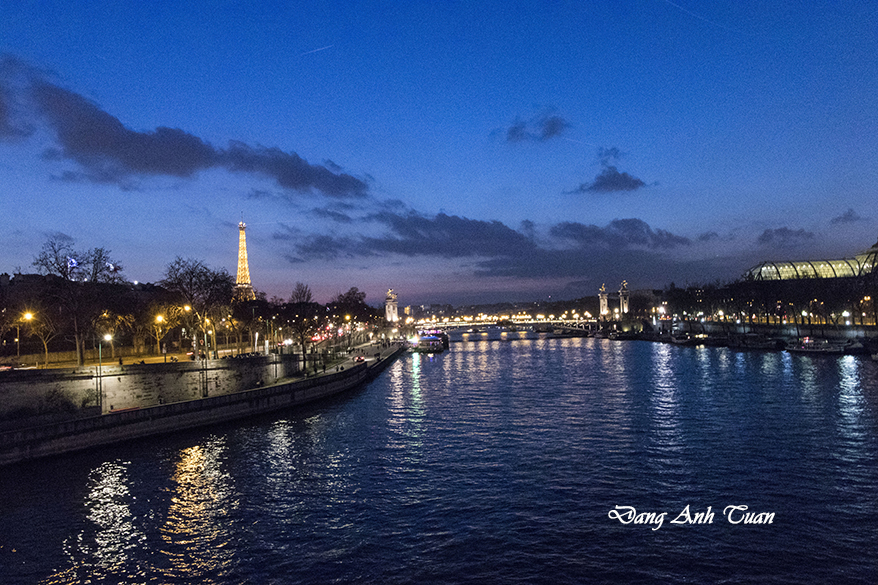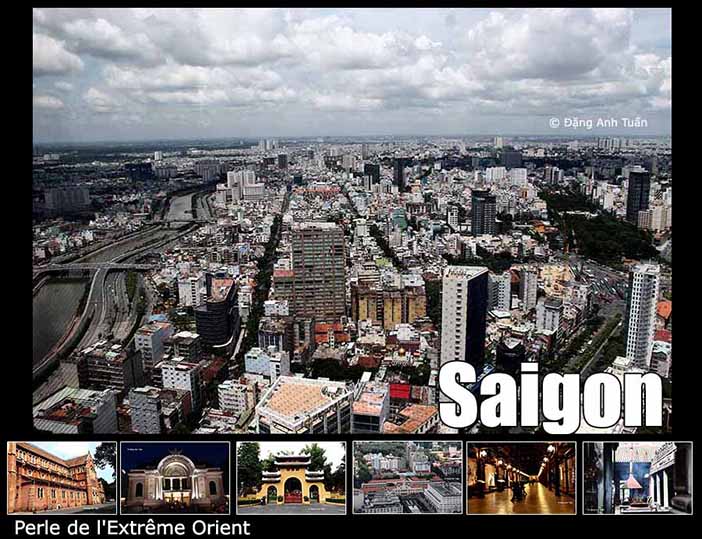Để có thể được đến gần Đức Chúa Trời, Constantin Đại đế La Mã đã không trì hoãn trong việc xây dựng các nhà thờ sau khi ngài cải đạo sang Công giáo và sau khi ngài đánh bại Maxence ở trận cầu Milvian năm 312 và quyết định dời trụ sở của đế chế La Mã về ở Byzance thường được gọi là Constantinople (hay là thủ đô Istanbul ngày nay). Đây là sự ra đời của Đế chế Byzantin ở nơi mà Cơ đốc giáo được trải qua một thời phát triển mới ở phương Đông với sự xuất hiện của các công trình kiến trúc linh thiêng được song hành với một tiến hóa chính trị, xã hội và nghệ thuật đặc biệt ở trên vùng lãnh thổ rộng lớn (từ bờ biển phía bắc Phi Châu đến vùng châu Á và từ vùng Balkan đến miền nam của Syria) mà đế chế đã chinh phục được qua nhiều thế kỷ. Người ta không những tìm thấy được niềm khao khát vĩnh cửu của con người trong các công trình này mà còn đây là phương tiện rất phổ biến để con người có thể hiện được khát vọng của mình đối với các bậc thần thánh.
Sự khác biệt ở các nhà thờ Byzantine là có sự hiện diện của một mái vòm nằm ở trung tâm thường được ví với vòm trời lơ lửng ở trên mặt đất. Nhờ đó nó mang lại ánh sáng ban ngày qua các cửa sổ nhỏ soi sáng không nhiều những bức tranh khảm nhỏ, các biểu tượng, các bích họa có nhiều màu và trang trí bằng vàng và tạo ra được một bầu không khí huyền bí giúp tín đồ thoát khỏi nơi trần thế và giao tiếp với Đức Chúa Trời. Các thần thánh được thể hiện từ trên cao. Mái vòm thường bao gồm hình ảnh của Pantocrator (Chúa Kitô Toàn Năng), ngài quan sát và phán xét từng hành động của các tín đồ. Bên dưới, thì có Đức Mẹ của Thiên Chúa (Theotokos) và Hài nhi được đặt cao chót vót trên các vị thánh chính và bên dưới nửa các vị thần thánh khác. Tuy nhiên các bức tranh tường và biểu tượng Byzantine này đã tạo ra một cuộc khủng hoảng trầm trọng mang tính cách bài trừ thánh tượng. Nó được kéo dài hơn một trăm năm giữa những người muốn hủy bỏ bằng mọi giá việc tôn thờ các hình ảnh bằng cách tìm thấy có sự lệch lạc đức tin với chủ đích tà đạo và những tín đồ biện minh cho việc sử dụng chúng như một phương tiện để tôn trọng những nhân vật được kính trọng.
Cuộc khủng hoảng này làm mất đi một phần lớn các tác phẩm của nghệ thuật Byzantine đầu tiên do sự phá hủy triệt để các biểu tượng được trưng bài trên tường. May thay, nhờ nữ hoàng nhiếp chính Theodora mà việc tôn thờ các biểu tượng đã được khôi phục lại vào năm 843 và được công nhận là một phần không thể thiếu được từ đây trong nghi lễ. Bất chấp sự mất mát này, hình tranh ở trên tường giờ đây đã trở thành phương tiện phổ biến của nghệ thuật Byzantine và giáo lý công giáo phương Đông trong các nhà thờ của đế quốc Byzantin trong khi các thiết kế hoa văn và hình học thì dùng lấp đi những khoảng trống ở trong các nhà thờ. Do đó, các trang trí trên tường chiếm toàn bộ nhà thờ Byzantine. Mặt khác, không có một tác phẩm điêu khắc nào được trông thấy trong các nhà thờ Byzantine vì đó là cách để phân biệt các nhà thờ nầy với thời cổ đại ngoại đạo.
Pour pouvoir se rapprocher de Dieu, l’empereur romain Constantin 1er le Grand ne tarda pas à construire ses églises lors de sa conversion au christianisme après sa victoire sur Maxence à la bataille du pont Milvius en 312 et sa décision de transférer le siège de son empire romain à Byzance connue sous le nom de Constantinople (ou Istanbul d’aujourd’hui). C’est ainsi qu’est né l’empire byzantin dont le christianisme connut un nouveau essor en Orient avec l’apparition des édifices sacrés allant de pair avec une évolution sociale, politique et artistique particulière dans le vaste territoire (de la côte d’Afrique du Nord à l’Asie et des Balkans au sud de la Syrie) qu’il avait réussi à conquérir au cours des siècles. On trouve non seulement le désir humain d’éternité dans ces constructions mais aussi le moyen très répandu pour l’homme d’exprimer son aspiration au divin.
Les églises byzantines se distinguent toujours par la présence d’une coupole centrale comparée à la voûte céleste suspendue au dessus de la terre. Cela fait entrer la lumière du jour par la multitude de petites fenêtres éclairant peu ainsi les mosaïques, les icônes, les fresques multicolores rehaussées d’or et crée une ambiance mystique permettant au fidèle de s’évader du monde terrestre et d’être en communication avec Dieu. Les sujets célestes se donnent à voir en hauteur. La coupole comprend souvent une représentation de Pantocrator (le Christ tout puissant) qui observe et juge chaque action du fidèle. Au dessous, l’abside abrite la mère de Dieu (Theotokos) et l’Enfant dominant eux-mêmes les principaux saints et au dessous d’autres saints. Pourtant ces représentations murales et ces icônes byzantines créent une crise iconoclaste ayant duré plus de cent ans entre les gens qui veulent détruire à tout prix le culte des images en y trouvant la déviation de la foi à des fins de l’idolâtrie et du paganisme et les croyants qui justifient leur emploi comme le moyen de respecter les personnages vénérés. Cette crise fait perdre une grande partie du premier art byzantin par la destruction de ces représentations murales. Heureusement, c’est grâce à l’impératrice régente Théodora que le culte des icônes fut restauré en 843 et reconnu comme partie intégrante de la liturgie. Malgré cette perte, l’iconographie murale devient désormais le véhicule de l’art byzantin et du dogme chrétien oriental dans les églises de l’empire byzantin tandis que les dessins floraux et géométriques comblent leurs espaces vides. Les décorations murales occupent ainsi l’ensemble de l’église byzantine. Par contre aucune sculpture n’est visible dans les églises byzantines car il s’agit d’une manière de se distinguer de l’antiquité païenne.
